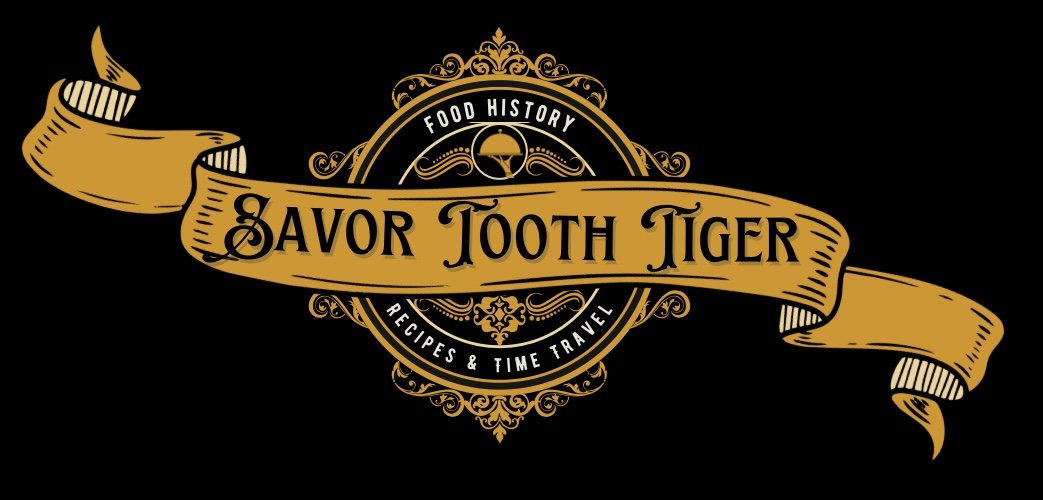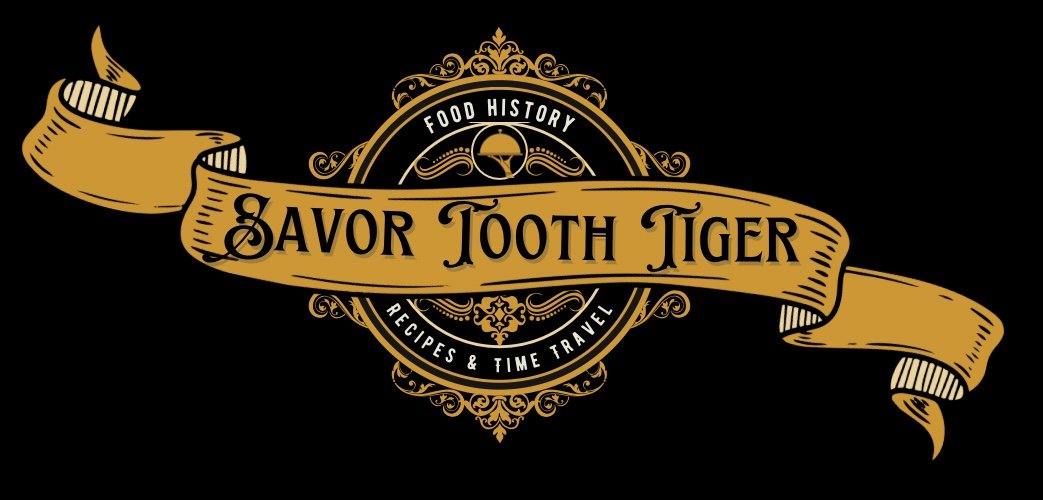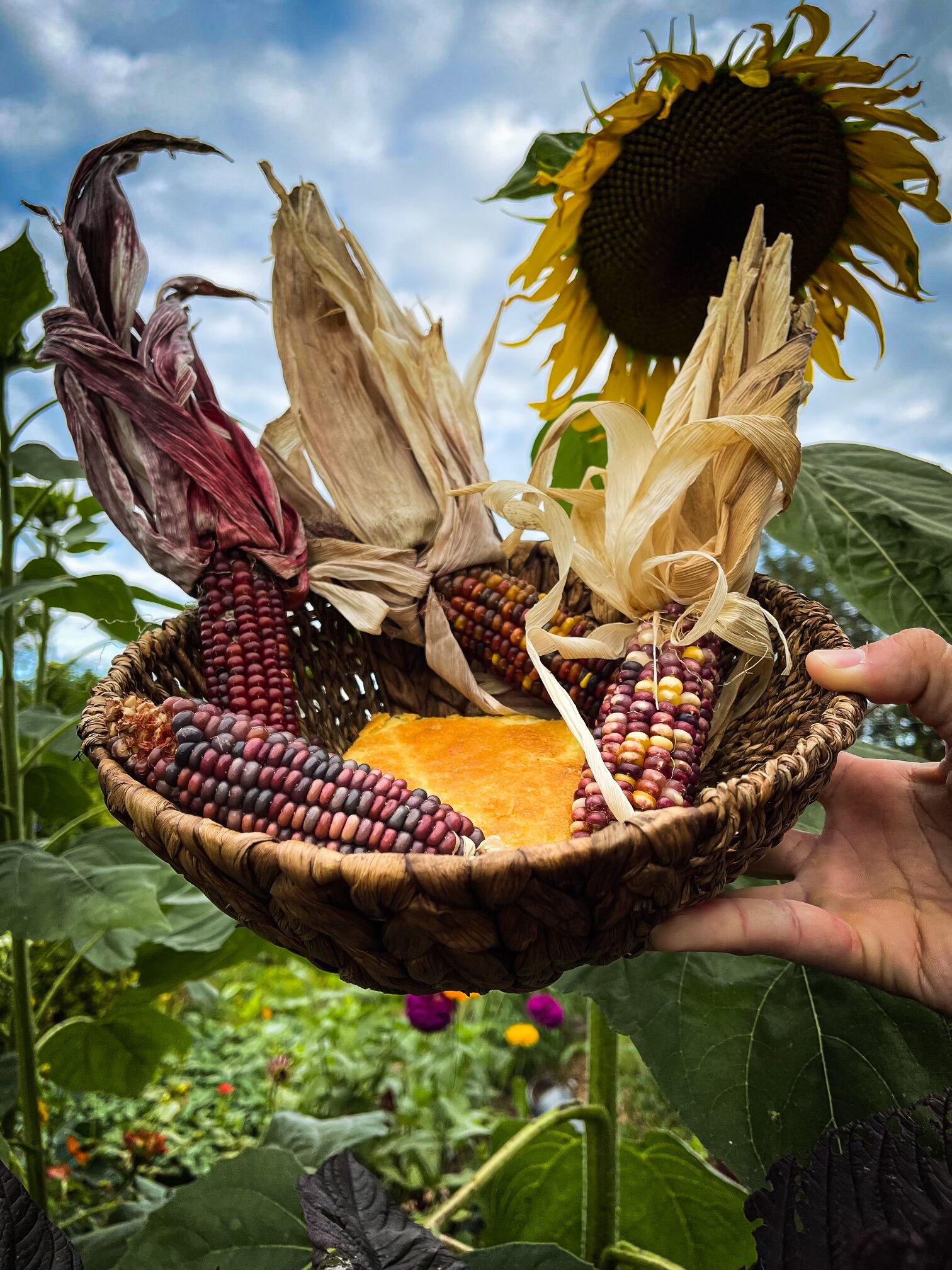The Columbian Exchange
The Columbian Exchange was the transfer of plants, animals and food between the Old world (Europe, Asia & Africa) and the New World (North and South America) following the voyage of Christopher Columbus in 1492. Can you imagine a world without tomato sauce in Italy? Ireland without potatoes? Florida without oranges? Pumpkin with no spice? Chocolate without sugar? Without the Columbian exchange, the way we eat today would be dramatically different.
I’m sure you remember learning about Columbus’ voyage in history class but do you remember why Columbus started exploring in the first place? Food! Spices to be exact. He was searching for new trade routes to the “Indies” or Spice Islands. Venice had a monopoly on spices, making them incredibly expensive. Columbus set out to find a new route so that he could get a cut of the spice market. The joke is on him because the New World only had about 3 new spices- allspice, chili peppers and vanilla. However, there were numerous other edible plants and plenty of room in the New World to plant cash crops like sugar, coffee, tropical fruits that couldn’t possibly grow in Europe.
So what were Europeans actually eating before this exchange? Medieval Europeans were eating a lot of grains. Remember in the tv series, The Office, Michael Scott talks about eating only gruel in prison? If you were a peasant, you were eating a lot of gruel! Gruel or porridge was filling and nutritious because it was whole grain. You may have had some local fruits and vegetables from your kitchen garden seasonally. If you were lucky, some butter, cheese and meat occasionally. All washed down with a generous portion of beer for breakfast lunch and dinner(about a gallon per person, per day-my kind of people!). Remember water was often contaminated and made people sick so beer or wine was safer because it had been boiled. People did drink water of course. They were very cautious to make sure it came from a safe source. Even kids were drinking beer, although it was considerably lower in alcohol than some beers of today. As a mother of a 3 year old, I can tell you that sober children are hard enough to parent. Check out my full article on Food in Medieval Europe here
So what were Native Americans eating before 1492? We have all heard the term “as American as apple pie”; but what if apple pie isn’t so American after all? Apples came from Europe along with the long-standing European tradition of pie baking. Many of today’s American recipes are a mix of European colonist traditions and Native American traditions. Corn bread is a great example of this combination. Native Americans had been cultivating corn for thousands of years from North America to South America and everywhere in between. Their corn expertise saved many European colonists lives. Being so far from home and Old World ingredients being so expensive (rightfully so given the journey over the ocean), colonists had to adapt recipes using native ingredients and luckily many Native Americans shared their knowledge of planting, harvesting and hunting.
The “New World” includes North & South America, Central America & the Caribbean, including many empires like the Aztecs, Mayans, & Incas. Many of these New World crops were overlooked by Europeans, seemingly only fit to feed animals. Like the potato. The unfamiliar little potato from Peru was seen as unfit for humans and even carried a false reputation for causing leprosy. Luckily, it overcame that bad reputation to become a major source of calories and nutrition for millions of Europeans. Did you know that potatoes are one of the only foods you can survive almost solely on? With the addition of milk or butter for vitamin D, you can survive on mashed potatoes alone. And the Irish definitely tried, until the Potato Blight of 1845 when crops failed, thousands of people died many Irishmen fled to America, bringing the potato back to it’s homeland. Makes me think of the Matt Damon movie, The Martian, where he survives on mars by farming potatoes.
Old World eaters were also suspicious of this new plant called the tomato. They were convinced it was poisonous and grew it ornamentally. They grew the damn tomatoes to look at! The silly geese didn’t realize that they were eating the acidic tomato off pewter plates (which leached lead). So they were only poisonous because of the plates! Aztecs have been cultivating and eating tomatoes since 700 AD and the world tomato comes from the Nahuatl word, “tomatl.” Once they realized, they weren’t poisonous, they really went viral, especially around the Mediterranean where the soil conditions for growing were just right.
Corn was also snubbed. The Old World had plenty of grains and didn’t see the value in this one. It did gain popularity eventually in Italy, Spain, France and Africa. Corn is a tricky minx though. If you don’t treat it correctly and try to survive on untreated corn alone, you can die, any many did from a disease called Pellagra. Native Americans of the New World knew the secret to treating corn called nixtamalization (a process of cooking corn in an alkaline solution), which unlocks essential nutrients like niacin, calcium, iron, zinc and copper. The secret of nixtamalization didn’t travel across the ocean, causing many to die. That to me is the true Montezuma’s revenge!
Old World Crops (Native to Europe, Asia & Africa)
Wheat
Sugarcane
Spices
Cattle-Beef, Dairy
Pigs
Poultry
Coffee
Onion
Peaches
Banana
Rice
Honeybees
Citrus Fruits
New World Crops (Native to North & South America)
Tomatoes
Corn
Potatoes
Avocado
Pumpkin
Beans
Cacao(chocolate)
Peanut
Chili Peppers
Tobacco
Turkey
Many New World crops were introduced to the Old World and changed forever, like chocolate. In Aztec and Mayan empires, chocolate was consumed as a bitter, unsweetened, hot beverage. After being introduced to Europeans with a sweet tooth, it was transformed to the sweet treat we know today.
What were native people eating in Central America? Aztecs and Mayans were eating corn, tomatoes, peppers, turkey, beans, avocado and chocolate. They had perfected their recipes from thousands of years of tradition and isolation. I’m going to dedicate an entire post to the Aztec foods in a future post. We can thank Aztecs for guacamole and tamales.
What were native people eating in South America? Lots of potatoes! Along with corn, squash, ancient grains such as quinoa and amaranth, llama and alpaca meat, fish, tomatoes and peanuts made up the Incan diet.
What were native people eating in North America? Most of what we think of as Thanksgiving meals were traditionally eaten by Native Americans: turkey, pumpkin, cornbread, cranberries, & potatoes. America is large and therefore diverse from coast to coast. In the Pacific Northwest, there was plenty of wild caught fish, berries, wild elk, deer, bear and goats, wild potatoes, acorns and hazelnuts. In the Southwest, there was plenty of corn, chili peppers, beans and squash. In the Great Plains, the diet was centered around wild buffalo, corn, beans, tomatoes and squash. When buffalo was not available, deer was hunted, eggs and rabbits were cooked along with corn and local vegetables. In the South, there was plenty of fish, wild strawberries, pecans, & blackberries. Along the East cost, there were wild cherries, maple syrup, shellfish, lobster, sunflower seeds and plenty of corn.
Barbecue is considered a modern American invention, but the technique was learned directly from Native Americans. Smoking, drying & preserving meats were all Native American techniques used frequently to preserve meat in times of famine.
Back to cornbread. Native Americans taught colonists to cook with corn, especially in bread form. Traditional Native American cornbread contained just cornmeal and water and was cooked on the hot coals of a fire. Colonists brought dairy into the mix, when cows came over from the Old World. The native corn meal was mixed with eggs, milk, flour and butter to become the cornbread we know today. Before the invention of baking powder, sour milk was used for leavening along with pearl ash. This recipe is adapted from a Native American cookbook called The Art of American Indian Cooking by Yeffe Kimball & Jean Anderson.

Native American Cornbread
Ingredients
- 1 1/2 cup medium ground corn meal
- 1 cup all purpose flour
- 2 cups milk
- 2 teaspoons baking powder
- 2 eggs
- 1/4 cup oil or melted butter
- 1 teaspoon salt
Instructions
- Preheat an oven to 350 degrees.
- In a bowl, whisk all the dry ingredients together.
- In a separate bowl, mix the wet ingredients.
- Fold in the dry to the wet ingredients.
- Mix until just barely combined. Leave it lumpy.
- Add batter to a greased cast iron skillet.
- Bake for about 40 minutes.
- Serve with honey and butter.
Sources:
Native American Cooking (Frank)
The Art of American Indian Cooking (Kimball & Anderson)
Fireside Cooks & Black Kettle Recipes (Farrington)
Blue Corn and Chocolate (Rozin)



